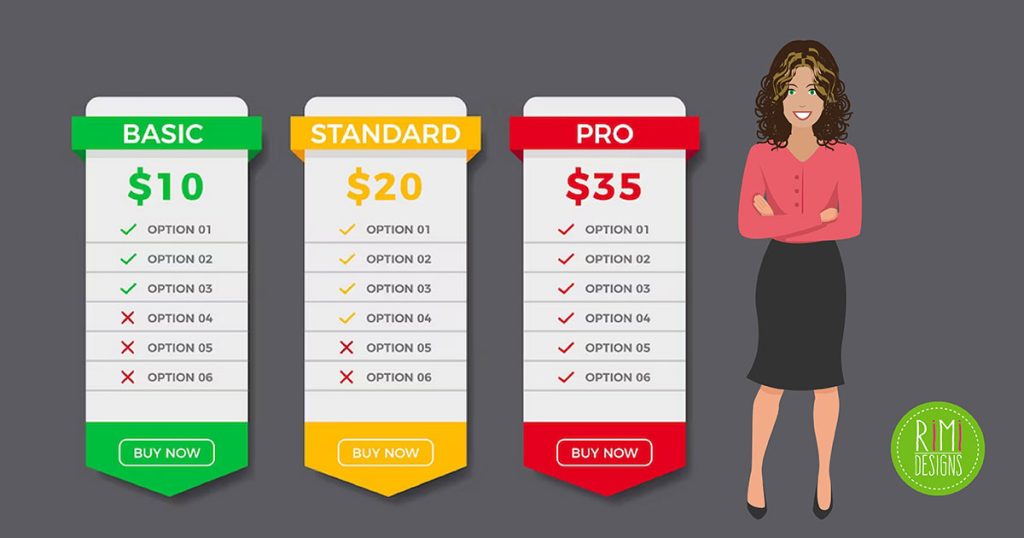
When and How to Raise Your Prices
When you’re self employed, one of the most difficult tasks you have can be setting your prices. In fact, you may eventually find that you’re not charging enough and that’s when it’s time to reassess your business and possibly increase your prices. A few reasons this could be the case include:
1. Your skills have improved
Do you look back at work you did a year ago and cringe? Even if you’re not actively seeking to improve the quality of your work, your skills will naturally improve over time. If you’re putting out higher quality work, you deserve higher quality payment.
2. You’ve added services
Have you added a few new tricks to your playbook? The time spent learning valuable new skills should be rewarded and the added benefits to your clients should be more than enough to justify the price change.
3. You’re working too many hours
If you find yourself working at all hours of the day, consider raising your hourly rates and working fewer hours. This way, your income won’t suffer, but you’ll be able to free up some time for yourself, which is always a welcome bonus.
4. The market has evolved
Your price structure needs to take into consideration what those around you are charging.
If you’re consistently taking jobs for less than your competitors, you may be leaving money on the table. In fact, you might actually be hurting yourself by not raising your prices, as people often consider price to be an indicator of reputation and skill level.
5. You have too many clients
If you’re charging less than average for work, chances are you’re going to wind up with more clients than you can handle.
Raising prices is a good way to cut out the bargain hunters and leave yourself with a solid core of valued clients. This way you can focus your attention on clients you really enjoy. A win-win for both of you.
How to make the transition
Are you ready to raise your prices but are wondering how exactly to go about it? You’re not alone. Many self-employed people are downright terrified of approaching this topic with their current client base.
If you fall into this category, here are a few tips for making the transition to higher prices.
1. Be confident that your new price is justified
Confidence can make or break your conversations in this area. If you’re not prepared to back up the reasoning for your price increase, you can bet that your clients aren’t going to be on board.
2. Take new clients at the new rate
An easier approach is to simply keep existing clients at the same rate, while taking on new clients at your higher one. This works especially well if you have more short-term clients or projects, as eventually all your clients will be on the new rate.
3. Offer bundles with different pricing structures
Instead of raising your prices from $80 an hour to $120 an hour, try introducing bundles that reward longer commitments. Offer blocks of three hours at $100 an hour, six hours at $90 an hour, or ten hours at $80 an hour.
4. Include incentives to smooth over price hike with current clients
If current clients are upset by your price change plans, consider offering them a complimentary service to help move negotiations forward. A small gesture such as this could be just the thing to sway clients who aren’t fully on board.
5. Analyse the client relationships you lose for things you could’ve improved
If you do lose clients, don’t let it get to you. Use the experience to take the opportunity to look at the relationship and see where things could have gone better.
Was there anything you could have done to increase the perceived value of your services and made your client feel that the price increase was justified? If not, don’t lose sleep over it. Your success is determined by your growth and sometimes you need to cut out those who aren’t willing to grow with you.
SOURCE: ZenBusiness



